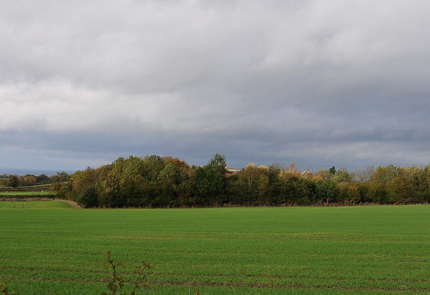
Fracking for shale gas has become a cause celebre for a range of environmental campaigns in the past five years but Third Energy says the controversial technique is widely misunderstood.
Hydraulic fracturing involves injecting water at high pressure into shale formations, fracturing the rock and allowing natural gas to flow out.
The government has supported moves to explore for shale gas, saying it has the potential to provide the UK with greater energy security and economic growth. And the widespread use of fracking in the United States is credited with transforming the energy market on the other side of the Atlantic.
But fracking has provoked huge waves of controversy in the UK, especially since minor earth tremors in Lancashire in 2011 were attributed to test fracks and brought the industry to a halt.
Those opposing fracking argue against the technique on three broad fronts. There are those who see it as a further contributor to global warming. Others focus more on the perceived dangers of the technique itself, from seismological activity through to whether it will contaminate vital drinking water supplies. And there is a more local argument that it brings noisy, polluting industrial operations to largely rural locations.
Much of the focus in the UK has been on the huge reserves of shale gas believed to be locked in the Bowland Sequence, which underlies most of northern England. The government estimates that it contains around 1,300 trillion cubic feet of gas.
The planned fracking operations in Lancashire and North Yorkshire both aim to exploit the Bowland Sequence on different sides of the Pennines.
Third Energy was granted planning permission in May last year to frack at the existing KM8 well at Kirby Misperton, which sits nearly two miles above the Bowland Sequence.
It has permission to fracture the well in five separate zones, 7,000 to 10,000ft down, to test whether they can get the gas to flow. If the gas does flow, the firm has permission for ongoing production at the site for up to nine years.
Third Energy says that one misunderstood aspect of the technique is that it is not a continuous process. An individual frack is over in less than 90 minutes, it says.
Given the level of protest, Third Energy is reluctant to reveal exactly when the operation will start, but it says it will begin with a two week “workover”, when a temporary rig will be brought to the site to prepare the well.
The firm says the actual test fracking operation at Kirby Misperton will take place over about six weeks but, within this, it will only take about five hours to frack each of the five test zones.
It says a maximum of 4,000 cubic metres of water will be used for the fracking, which is piped to the site.
The water is pumped at pressure into the shale rock formation together with sand grains, which are used to keep the tiny fractures open in the rock to allow the gas to flow. The firm said the fluid to be pumped into KM8 will be approximately 95% water, 4% sand and less than 1% chemicals which, the firm claims, are additives commonly found in food, toiletries or other household products and which are strictly regulated.
As with Third Energy’s existing conventional gas wells across the Ryedale area of North Yorkshire, all gas produced by KM8 will be pumped to the firm’s Knapton Generating Station (KGS) and used to produce electricity.
Recommended for you
